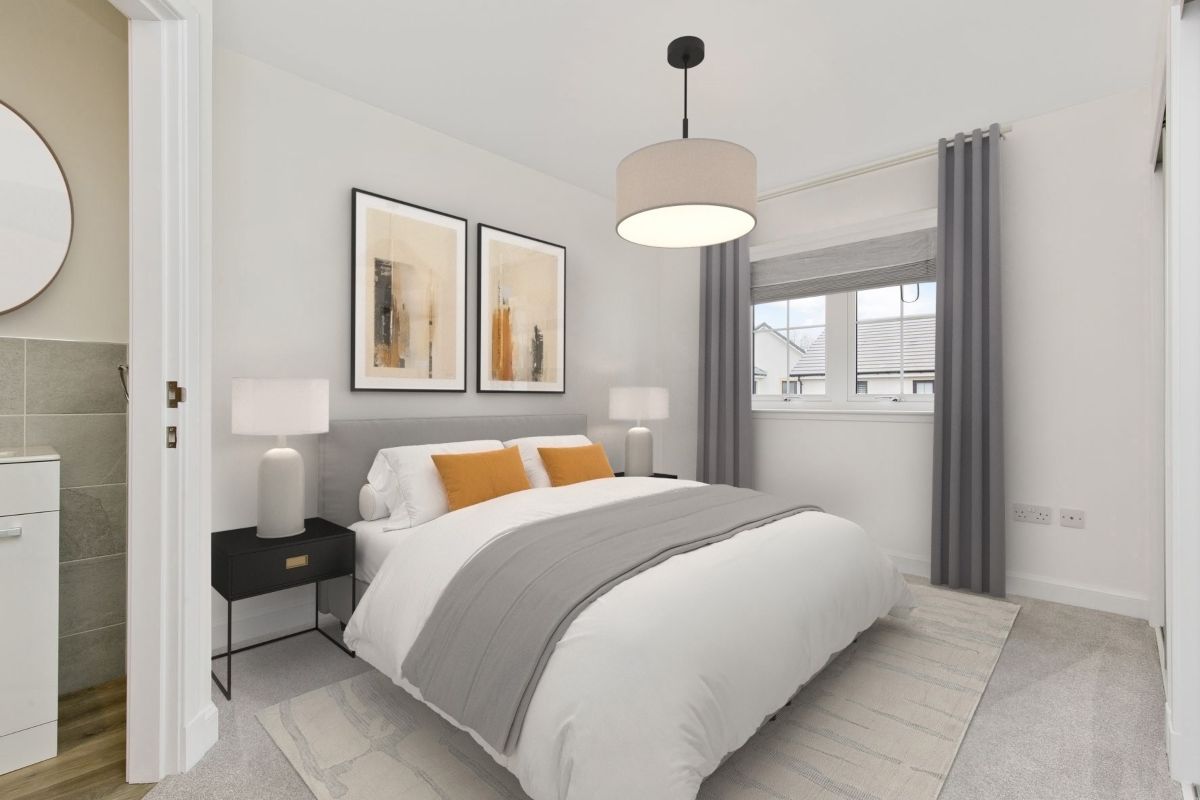We are probably the first to tell you that moist is for cakes and not for homes. But, you knew that already, yet your home could be subjected to water seepage, dampness, and mould right now as you read this. You could spend a fortune on fancy masonry work, load-bearing roof timber, and brilliant paint colours, but water and moisture can get them. House waterproofing prevents water damage that can ruin the beauty and the structural integrity of your home. So, if you thought you could put your feet up after only draught-proofing your home, it’s time to put the cuppa down (or pour one) and come with us to keep things dry at home.
What is house waterproofing?
Best done at the time of construction (although, never mind if it wasn’t), waterproofing methods prevent water, humidity, and moisture from penetrating the house. Moisture could penetrate a structure through exterior walls, causing ‘rising damp’ and putting the strength of walls at stake. Water seepage can also make wooden components of the roof and ceiling rot, causing serious structural damage, roofing collapse, and costly repairs. Using a waterproof membrane to line the exterior and interior of your home can prevent water entry into the structure. From cladding to weather-resistant paintwork, there are many ways to accomplish this.
Benefits of waterproofing your home
Stronger structures – Sagging walls or ponding on the roof make your house unstable. It is unsafe to live in a home where bits could crumble and fall. When water gets in the walls, timber, roofing, or flooring, they disintegrate slowly, causing sudden collapses. So, even the slightest sign of dampness and water seepage should be addressed immediately.
Quality is preserved – Even the best quality construction material can deteriorate due to water damage. It will considerably lower the value of your property, sometimes even dragging down the asking price lower than what you paid for it.
Aesthetics – Other than a damaged roof, walls, and peeling paintwork, conditions like efflorescence, mould, discolouration, green growth, dirt, and grime caused by damp are unsightly aspects. And, your home will gain a bad rep for its deteriorating condition, and every home deserves to look its best.
Reduce energy waste – Thermal conductivity of the house gets significantly reduced through water infiltration. When building materials absorb moisture, they retain less heat. Masonry protection creams and paints prevent penetrating damp and keep walls dry, increasing the thermal performance of the walls. External wall insulation is a method of waterproofing that can prevent heat loss through the walls. Waterproof insulation of the loft and waterproofing the basement also save money on energy bills.
A professionally waterproofed, well-ventilated, clean, and bright basement or cellar that is not prone to flooding, mould, or penetrating damp is a big selling point. It can even increase the asking price.
Better for your health – Mould (especially black mould), mildew, and fungus can be hazardous to your health. And damp rooms can cause all sorts of health issues. Waterproofing your home will keep it dry, warm, and clean.
How to waterproof a house?
Your home’s exterior is exposed to all types of weather conditions, especially the roof. Water from wind-driven rain affects the walls, and water seeping through walls and the roof, as well as groundwater, can affect basements and cellars.
Most of your home is walls, and treating the brickwork with waterproof coating will stop the moisture from getting into the walls and then into the interiors. Internal waterproofing with silicification primers, cementitious waterproof grouts, and flexible mortars prevent water ingress and penetrating damp. Façade creams can protect exposed brick walls or unpainted render from water penetration.
Waterproof paint for the surface of rendered walls will keep the invading moisture away while also giving your walls a highly breathable, heat retaining, and self-cleaning exterior.
You need well-maintained gutters to keep things dry above. Clean the gutters to clear blockages and replace sealants around the joists. You can use sealants to patch holes too.
A well-maintained and insulated roof will protect itself and the house from water damage. Replace missing tiles or shingles and loose joists, rafters, trusses, and eaves. Moisture in timber can result in insect infestation too. Flat roofs have a higher susceptibility to water damage. Waterproof coatings like liquid fleece membranes, fibreglass liquid, or glass-reinforced plastic and membranes like bitumen can offer solutions. A rain-screen cladding allows water ingress to drain away before reaching the interiors.
A basement can be waterproofed using cementitious tanking or by installing a cavity drainage membrane system.
What is the best time to waterproof a house?
Choose the driest months to waterproof your home. Summer months that bring less rain minimise groundwater at the base of the walls. Carry out waterproofing work in clement weather as it gives you more drying time and allows you to replace roof elements without the risk of a total washout.
Reasons why you should hire a team of professionals
When it comes to waterproofing your home, professionals are in the know of the latest products and techniques, as well as the tried-and-tested science of it. They can identify the areas of your home that are affected and have the potential to be affected by water damage. Waterproofing isn’t something you should try to do on your own.
Water seepage is damaging to a home’s structural integrity. Waterproofing your home will save you thousands of pounds in restoration costs while making your home safe, comfortable, and beautiful. GS Brown Construction homes are constructed using high-grade construction material and waterproofing methods that prevent water damage.




